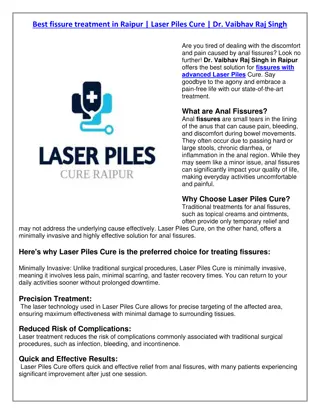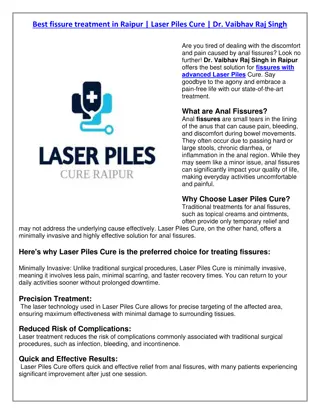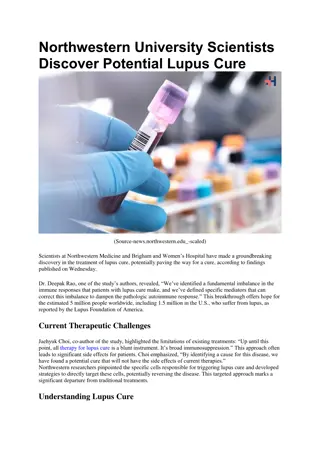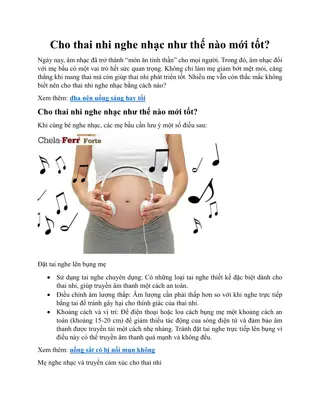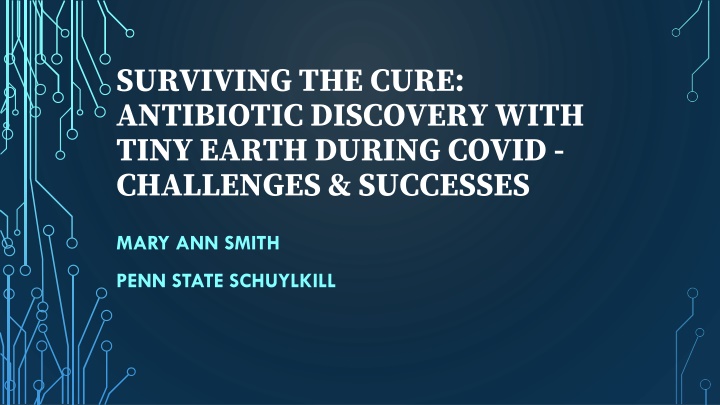
Antibiotic Discovery Journey at Penn State Schuylkill During COVID- Challenges & Successes
Explore the innovative approach taken by Mary Ann Smith at Penn State Schuylkill to continue the antibiotic discovery course during the COVID-19 pandemic. Through remote meetings and adaptability, the course managed to thrive and engage students effectively, leading to valuable successes amidst challenging circumstances.
Download Presentation

Please find below an Image/Link to download the presentation.
The content on the website is provided AS IS for your information and personal use only. It may not be sold, licensed, or shared on other websites without obtaining consent from the author. If you encounter any issues during the download, it is possible that the publisher has removed the file from their server.
You are allowed to download the files provided on this website for personal or commercial use, subject to the condition that they are used lawfully. All files are the property of their respective owners.
The content on the website is provided AS IS for your information and personal use only. It may not be sold, licensed, or shared on other websites without obtaining consent from the author.
E N D
Presentation Transcript
SURVIVING THE CURE: ANTIBIOTIC DISCOVERY WITH TINY EARTH DURING COVID - CHALLENGES & SUCCESSES MARY ANN SMITH PENN STATE SCHUYLKILL
COURSE DESIGN Spring 2020 was the first implementation of an antibiotic discovery course- based research experience (CURE) Microbiology 107 Elementary Microbiology Laboratory Schedule 75min meetings 2x a week Course segmented into skills module and discovery module Approximately of the course about basic skills and bacteria handling Remainder of course dedicated to bacteria isolation, identification and testing Standard Challenges Winter course with snow potential for soil sampling 1 instructor to 24 students in each lab section
SPRING 2020 35 students total enrollment (2 sections total) Course starts in-person with normal meeting schedule through mid-March February 13 soil sampling in rain Isolation and initial tests against S. epidermis and E. coli yielded at-least 1 antibiotic producing bacteria on their main sample plates Gram staining and purification finished before spring break
SPRING BREAK SURPRISE - PANDEMIC!! Increased cases of COVID lead many institutions to change plans Wednesday of Spring Break Penn State announces that classes will move to remote until beginning of April (approximately 3 weeks) Wednesday after Spring Break Penn State announces that classes will remain remote for rest of semester Saturday after Spring Break Pennsylvania begins lock down for non-essential personnel
PROBLEM: HOW TO KEEP THE CURE ALIVE! SOLUTION: INDIVIDUAL REMOTE MEETINGS WITH STUDENTS If students couldn t be in the lab with me but I could be with their specimens, then we could still interact with their samples. Students participated in individual Zoom lab meetings with me. Students directed procedures with content and review from instructor. Multi-device interactions with Zoom and materials
SEMESTER REFLECTION SUCCESSES Students were able to continue working on projects Student presentations at end of semester were online with greater community reach Relationship with students and instructor was strong CHALLENGES Insanely fast switch to remote learning Lack of preparation time as plans changes significantly within days Scheduling all students for individual meetings Students wished to be more physically involved in process
SPRING 2021 37 students total enrollment (2 sections total) November 2020 classes to be in-person for spring Days before Christmas break 2020 Penn State announces shift in plans Course starts remotely and moves to in-person after 5 weeks All plans for at-home physical labs had to be approved by Risk Management
SPRING SURPRISE VACCINES AND PICK YOUR MODE Instructor s pre-existing health conditions with increased cases of COVID required longer remote period At-home projects designed to provide some physical skill building and research projects Students picked whether they would be remote or in-person within the first days of our return to campus
SEMESTER REFLECTION SUCCESSES Students had multiple Segmented Research Experiences Each student had their own project Instructor survived mixed modes of instruction Student presentations at end of semester were online with greater community reach CHALLENGES Initial preparations were hampered by approval processes Engaging students who do not turn on cameras during labs Keeping students engaged in projects when remote period extended Over 60% of class remained remote for semester, which required additional projects
RECOMMENDATIONS Plan for the unexpected. Develop and include backup plans within your syllabus. Be flexible. Use what you have access to. Try to find other ways to engage students. Microbiology is all around us. Stay positive. It may not be perfect, but you all can survive.
REFERENCES Rob Dunn Lab Staff. (2020). Wild sourdough. Retrieved from http://robdunnlab.com/projects/wildsourdough/ Small World Initiative. (2021). About us. Retrieved from http://www.smallworldinitiative.org/mission Smith, MAV. (2021). CURE in Antibiotic Discovery Using a Combination of In-Person, Hands-On Laboratory Activities and Remote, Mentor-Type Experiences during COVID-19. JMBE, 22(1): 22.1.93. doi:10.1128/jmbe.v22i1.2461 Tiny Earth Staff. (2021). About us. Retrieved from https://tinyearth.wisc.edu/about- us/
THANK YOU IF YOU HAVE ANY QUESTIONS OR WOULD LIKE TO DISCUSS THE IMPLEMENTATIONS IN MORE DETAIL, PLEASE FEEL FREE TO EMAIL ME AT MVS14@PSU.EDU TO CONTINUE THE CONVERSATION. ENJOY THE REST OF THE CONFERENCE.



